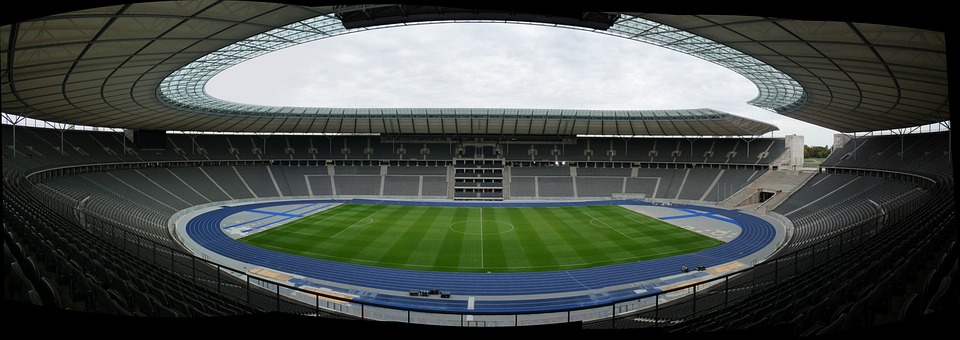Stadiums have long served as venues for public gatherings, entertainment, and athletic competition, reflecting not only the architectural styles of their times but also the cultural and technological advancements of society. From the grand amphitheaters of Ancient Rome to the cutting-edge facilities of today, the evolution of stadium design offers a fascinating glimpse into our collective history and aspirations.
Ancient Beginnings: The Roman Amphitheater
The journey of stadium design begins in ancient civilizations, where large gatherings for sports, performances, and public spectacles were commonplace. The Roman amphitheater, such as the iconic Colosseum, stands as a monumental example of early stadium architecture. Built in 70-80 AD, the Colosseum could seat over 50,000 spectators and featured a complex system of vaults and arches that demonstrated remarkable engineering prowess for its time.
The seating arrangement was organized by social class, optimizing sightlines for the elite while accommodating the masses. The Colosseum also featured innovative crowd control measures and was equipped for elaborate spectacles, showcasing the Romans’ understanding of audience engagement.
Medieval and Renaissance Influences
Following the decline of the Roman Empire, the focus of stadium design shifted. The Middle Ages saw a rise in informal sporting events, like jousting tournaments, often held in fields or castles. It wasn’t until the Renaissance that purpose-built venues began to re-emerge, with architecture inspired by classical styles.
During this era, stadiums were often designed with grandiosity in mind, incorporating ornate decorations and elaborate facades that reflected the artistic movements of the time. However, the lack of standardized design meant that these venues varied significantly in size and function, usually tailored for local customs and sports.
19th Century: The Birth of Modern Stadiums
The 19th century marked a pivotal time in stadium design, particularly with the advent of organized sports. The establishment of the modern Olympic Games in 1896 and the burgeoning popularity of football (soccer) necessitated the construction of dedicated arenas. Notable designs from this period include the first purpose-built football stadium, Stamford Bridge in London, and the Panathenaic Stadium in Greece, which was entirely reconstructed for the 1896 Olympics.
These stadiums introduced features such as tiered seating for improved visibility, as well as better facilities for both players and spectators. This era also saw the birth of multipurpose venues, catering to a variety of sports and events.
The 20th Century: Function Meets Innovation
The 20th century ushered in a new wave of innovation in stadium design, characterized by the incorporation of modern materials and engineering techniques. The use of steel and concrete allowed for more expansive structures, paving the way for iconic stadiums like the Rose Bowl (1922) and the Maracanã Stadium (1950, Brazil), which featured some of the largest seating capacities in the world.
The mid-century also marked a significant shift toward multifunctionality. Stadiums began to accommodate not just sports but also concerts, festivals, and other large-scale events. The construction of retractable roofs in venues like the Rogers Centre (formerly the SkyDome) in Toronto introduced a new level of flexibility and comfort for spectators, transforming the way stadiums could host events regardless of weather conditions.
The 21st Century: Sustainability and Technological Integration
In recent years, the focus of stadium design has shifted dramatically toward sustainability and technology. Modern stadiums like the Mercedes-Benz Stadium in Atlanta and the Tottenham Hotspur Stadium in London feature green roofs, advanced water conservation systems, and energy-efficient systems, setting new standards for environmental responsibility.
Moreover, technological advancements have transformed the spectator experience. High-definition video screens, enhanced Wi-Fi capabilities, and mobile app integrations allow fans to engage with events in real-time, changing the nature of in-person attendance. Stadiums now also focus on creating immersive experiences, using augmented reality and interactive elements that enhance engagement.
Conclusion: The Future of Stadium Design
As we look to the future, stadium design will continue to evolve, influenced by our changing needs and technological advancements. The focus on fan experience, sustainability, and innovative design will likely shape the next wave of stadiums, ensuring they remain central to public life as spaces for sports, culture, and community. From the ancient arenas of yore to today’s modern marvels, the journey of stadium design reflects humanity’s aspirations, creativity, and the ever-changing nature of public engagement.



